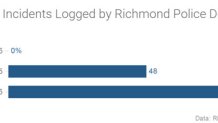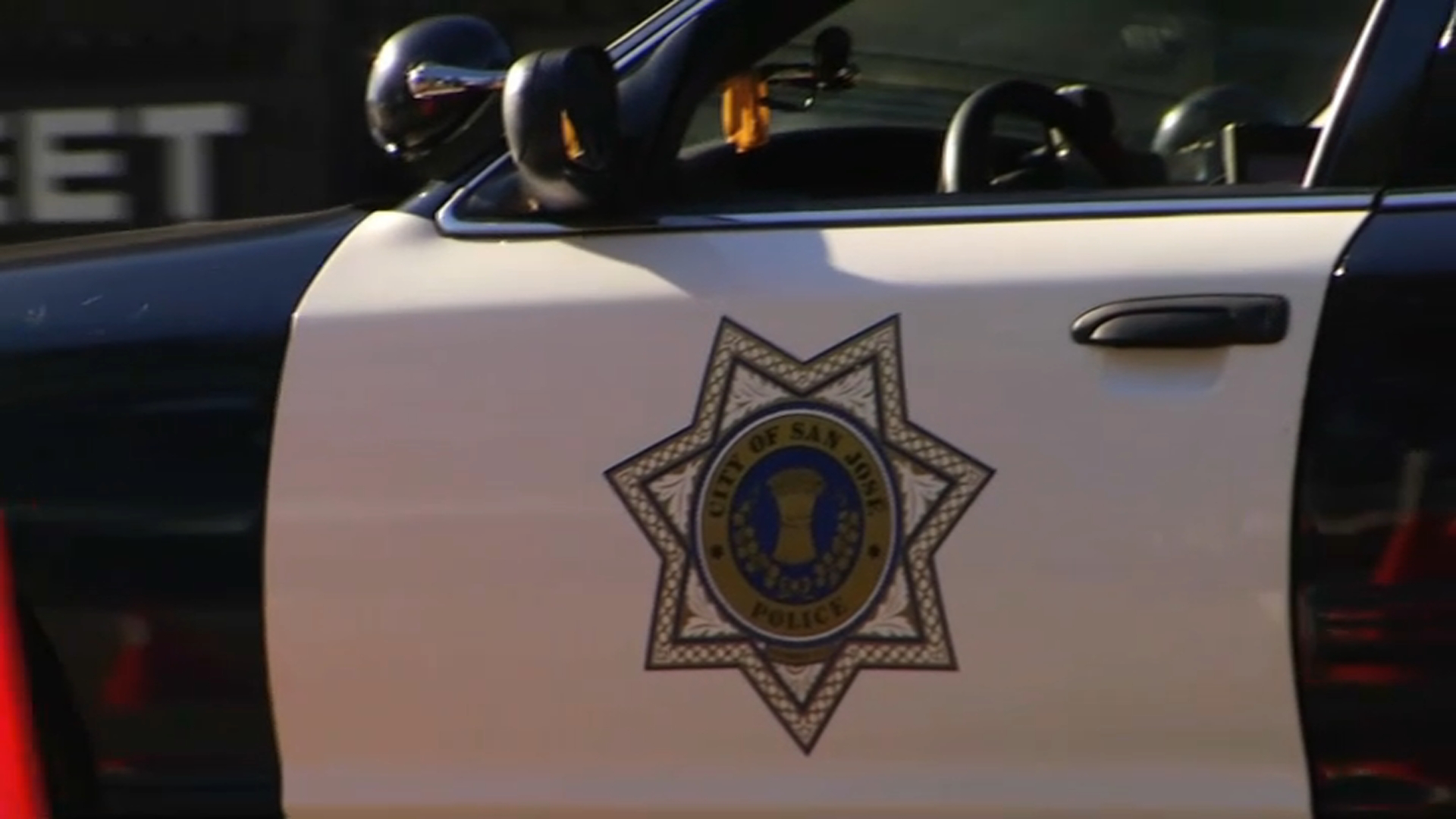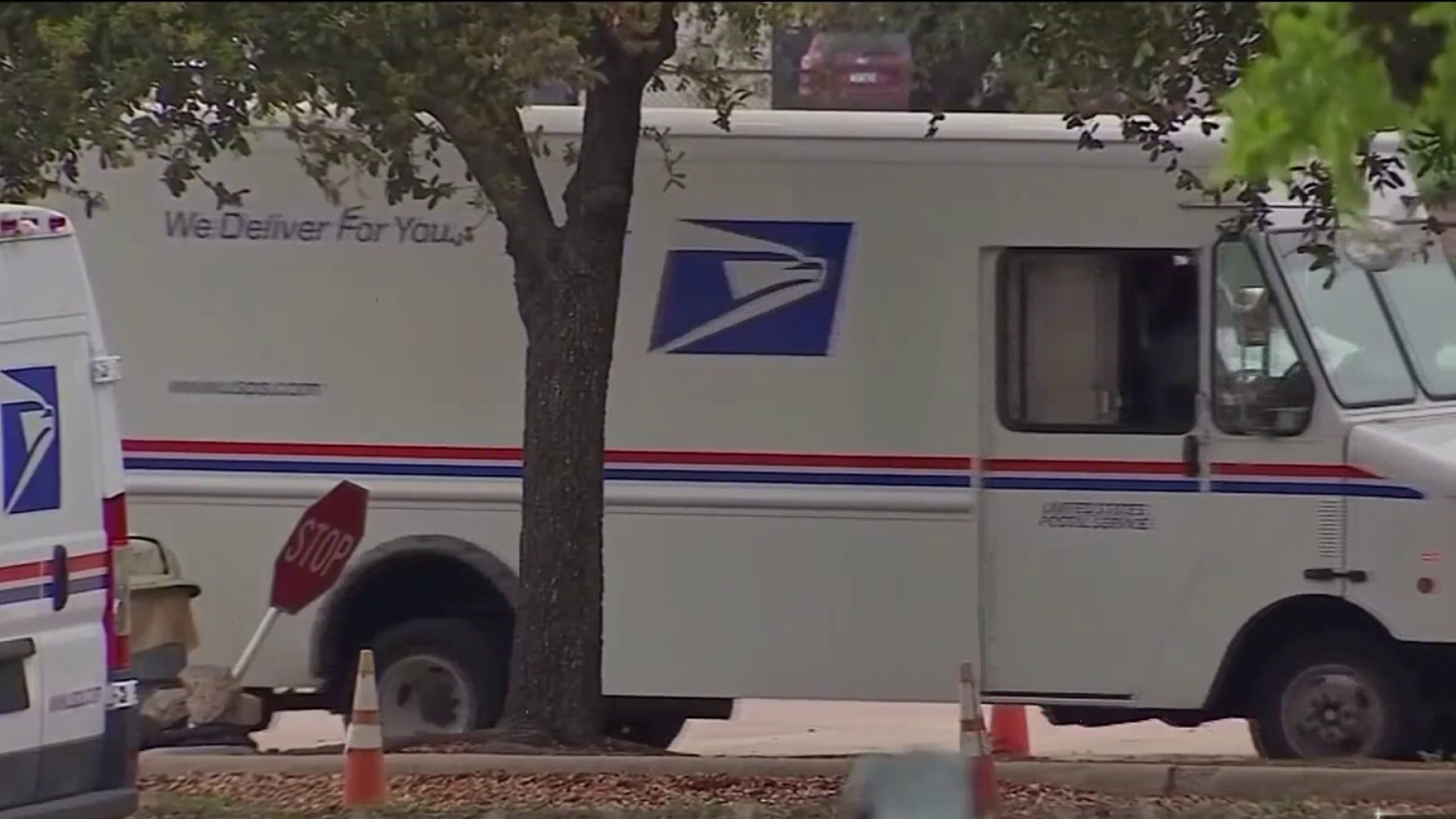More and more Bay Area police departments now make body cameras part of their officers’ gear, with the expectation that their officers will turn them on when they’re supposed to, especially when an officer uses force.
The NBC Bay Area Investigative Unit found that the department with one of the largest use of body cameras, the Oakland Police Department, still doesn’t track when its 700 officers turn on their cameras during use-of-force incidents. OPD’s pilot program began in 2010, and became official in 2013, making it one of the longest running programs with the highest number of body cameras.
The department said it “doesn’t have a tracking mechanism” for when officers activate their cameras, but multiple requests to interview Chief Sean Whent to discuss its program and policies were turned down. A spokeswoman said Whent could not “accommodate” an interview.
Other agencies, including Richmond and BART Police Departments, do track when body cameras are activated during use of force incidents. The NBC Bay Area Investigative Unit requested data from all Bay Area departments with body cameras to see how frequently the cameras record during use-of-force incidents.
“You can’t have some officers turning on their cameras sometimes and some officers turning cameras on other times,” Alameda County Deputy Public Defender Seth Morris said.
His office represents 40,000 people a year and he looks at thousands of body camera videos. Morris spoke at the U.S. Department of Justice on the body camera issues, and helped form the national toolkit on body camera policies for police departments nationwide.
“Use of force is really where the rubber meets the road in terms of body cameras, because in a use of force you have a police officer who's taking one of the weapons that they're armed with and decided to deploy it against a civilian. In those moments, that's when the community is most concerned about an officer acting correctly,” Morris said.
Local
He also notes, what he says is a new, troubling, trend at the Oakland Police Department. He says he’s viewed multiple body camera videos where officers point to their chest-mounted cameras and gesture to each other to turn them off, indicating “I think we need to have an administrative conversation,” which is code, Morris says, for cutting the video. Morris has no way of knowing how many times this happens because the department doesn’t track this information.
Johnna Watson, the Oakland Police Department spokeswoman, defended this action, citing a clause in the department’s body camera policy which states body camera activation is not required when “discussing administrative, tactical or law enforcement sensitive information away from the citizen.”
That answer doesn’t sit well with Morris. “I think it's B.S. to be honest. I think that there should be ultimate transparency,” Morris said. “What is there to hide? What does that officer have to say to another officer that the public, that a judge, that a jury can't later hear about?”
Morris believes when police officers don’t activate their cameras rolling during use-of-force incidents, it hurts the public’s trust of police officers. “Body cameras can really help police officers just as much as they can help people who are charged with crimes, to expose the truth of the situation,” Morris said. “What happens when you turn off a camera is it develops distrust.”
Former Richmond Police Chief Chris Magnus agrees. He recently left Richmond to take the top cop job at the Tucson Police Department. But as chief of Richmond police for the last decade, he oversaw the implementation of Richmond’s body camera policy and training for its 188 officers. “Any time you’re in a position of power and authority,” Magnus said, “it’s almost inevitable that there’s going to be some complaints associated with that. The camera helps put that into a better context where people can look and get a better sense of how everyone’s behaving.”
Data from the Richmond Police Department shows in the first two months officers were equipped with cameras, starting in January of 2015, the department logged 28 “use of force” incidents. Not a single one was recorded on a police officer’s body camera.
But the numbers steadily improved to 48 percent in the first six months, and in the last six months 92 percent of the use of force incidents were caught on camera.

Magnus credits training and enforcement of the department’s policy for the improvement. “You're expected to have the camera on,” Magnus said. There are times officers can turn off their cameras—including when they’re dealing with victims of sex assault, or juveniles, but repeatedly not rolling during a use of force means an officer will be disciplined. “There have to be consequences if you don't turn on your body camera and we have in fact disciplined some folks for that,” Magnus said.
The Richmond Police Department gave the NBC Bay Area Investigative Unit a rare look at the training their officers undergo. The department put reporter Vicky Nguyen through two simulations to show what it’s like when officers are faced with potentially dangerous encounters.
Body Camera Data
The Investigative Unit requested similar data from all Bay Area police departments that use body cameras.
BART Police has used body cameras since June of 2013. In the first six months, 38 percent of BART’s use-of-force incidents were captured by body cams. The rest were recorded late or not at all. In the last six months of 2015, that percentage jumped dramatically to 95 percent.
Here are the other departments that track when body cameras are rolling during a use of force incident:
- Mountain View
- Foster City
- Los Gatos
The Fremont Police Department, which only outfits its 16 traffic officers out of a total of 181 of the total force with body cameras, does not track when officers activate their cameras during use of force incidents, but the department didn’t explain why.
Douglas Huff wishes Mountain View police officers were wearing body cameras when he was arrested in December of 2014. Huff says he and his wife were waiting to see his doctor, when he got into an altercation with another patient in the waiting room. “He started swinging his cane,” Huff said. He admits to pulling out his pocket knife, which had a three inch blade.
That’s when office staff called 911.
Police reports indicate the man with the cane told them he “believed Huff was going to stab him.”
What happened next between officers and Huff is in dispute. He says he cooperated, but police reports indicate he did not obey officers’ orders. None of the four officers on scene had a body camera because the incident happened during the department’s “voluntary” phase of its body camera program. Officers say Huff ran out of the building and ‘continued to run’ after officers told him to stop.
“I was slowly moving to the ground and that’s when a fourth officer ran up from the left and just immediately Tased me,” Huff said. Officers on the scene give a different account. In a report, they say Huff “reached down towards his waistline where an officer saw a knife clipped.” That officer Tased Huff.
Mountain View’s body camera program became official in September of 2015. Since that time, Mountain View officers used force eight times, and captured only 25 percent of those incidents on camera. The department did not explain why a low percentage was caught on camera, but did say it “works toward a balanced approach that ensures transparency in every incident while protecting the privacy rights of victims.”
While they were not equipped with body cameras during Huff’s arrest, at least one officer recorded on his own cell phone what happened after police Tased Huff in the chest and neck.
The cell phone video shows Huff yelling at officers while in handcuffs. “I just got Tased with my hands in the air,” yelled Huff. “Protect and serve my f***ing a**!” An officer than responded, “Sir, please stop resisting.”
Mountain View police declined to speak on camera because Huff has filed a complaint with the department’s professional standards unit.
Huff was arrested for brandishing a weapon, resisting arrest, criminal threats, and disturbing the peace. He pled no contest to the charges. A judge sentenced Huff to one day in county jail, which he completed when he was arrested, and also ordered him to undergo anger management classes.
Huff knows the cell phone footage shows him at his worst, but he says he wishes the officers were wearing body cameras and rolling from the start. He believes that would have captured the good, bad and ultimately get as close to the truth as possible for both sides.
“I don’t have the answers,” Huff said. “Cameras might be a starting point at least.”
If you have a tip for Vicky Nguyen about this or any other story, you can email her directly at vicky@nbcbayarea.com or you can email theunit@nbcbayarea.com or call 888-996-TIPS.
Follow Vicky Nguyen on Twitter www.twitter.com/VickyNguyenTV and Facebookwww.facebook.com/VickyNguyenTV



